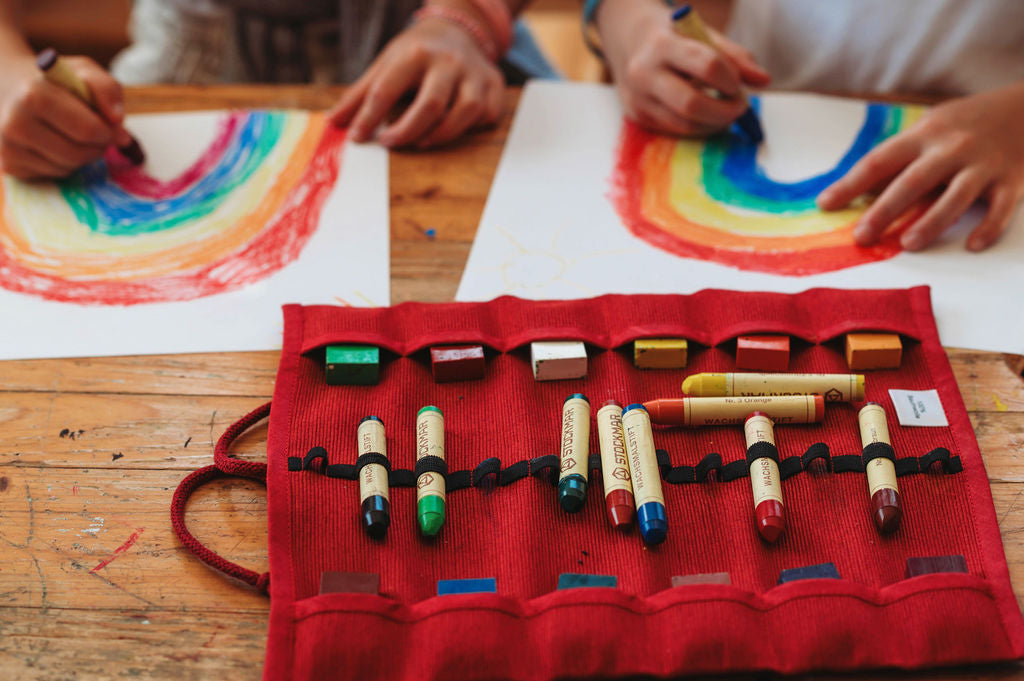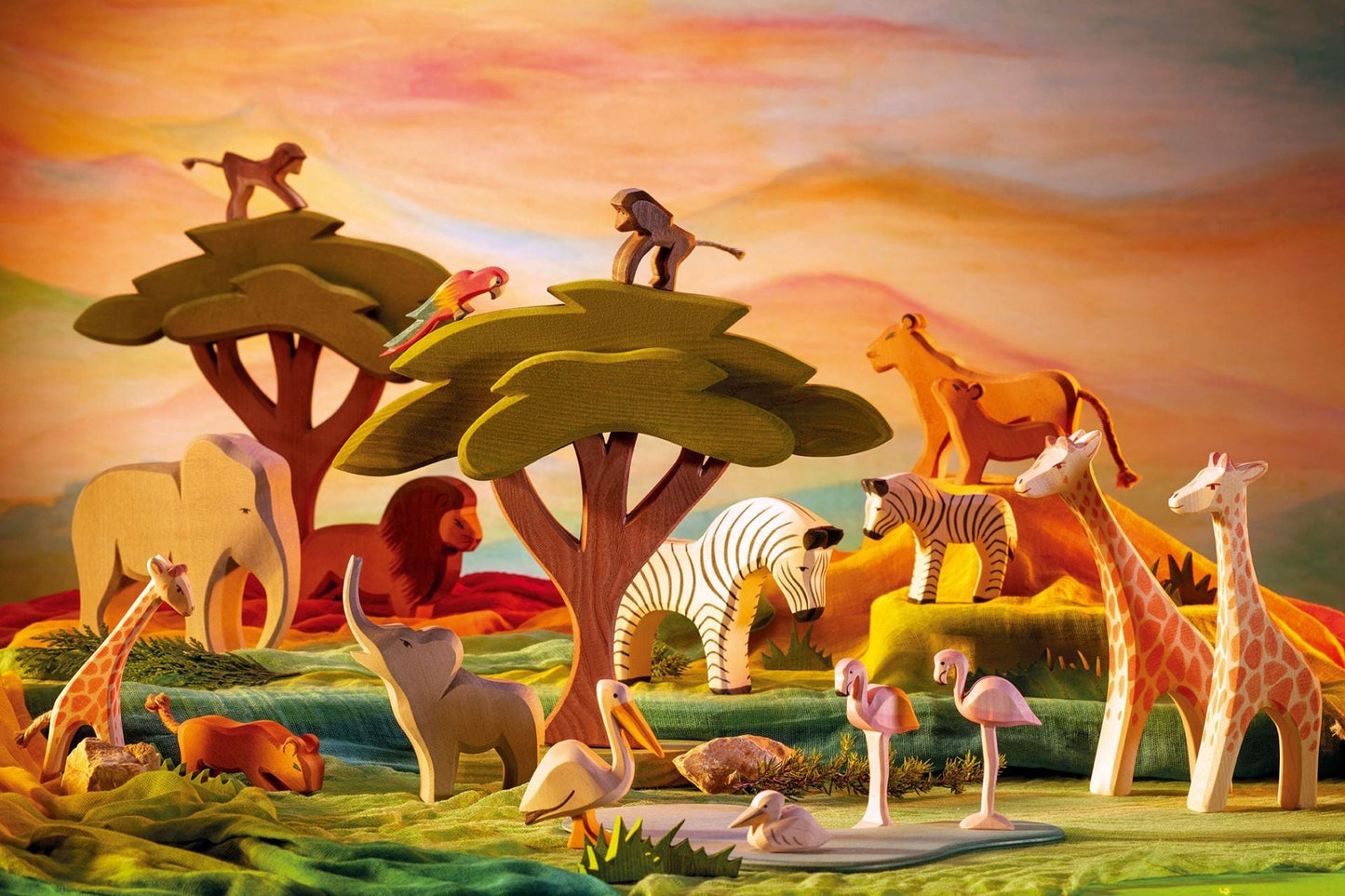
Reading should not be presented to children as a chore, or a duty. It should be offered as a gift. - Kate DiCamillo
"We have to give them something worth reading. Something that will stretch their imaginations"
Introduction To Literary Classics for Children
It has been said that the single most important thing we can do with our children is to read to them. According to Kathering Peterson, "It is not enough to simply teach children to read; we have to give them something worth reading. Something that will stretch their imaginations- something that will help them make sense of their own lives and encourage them to reach out toward people whose lives are quite different from their own."
We all have our favorite stories from our childhood. Some of mine include "Are You My Mother?" and "A Fly Went By." What are your favorites, and why? What resonated for you? Or perhaps it is just the memory of a loved on spending the time to read a story with you?
Some of the books that we treasure and offer on Blue Otter Toys are classics from timeless authors such as Elsa Beskow, Gerda Muller, Sybille Von Olfers, and Astrid Lindgren. Their books have not only stood the test of time but continue to captivate young minds, particularly within the Waldorf education community. This post explores the cultural significance and importance of their works in nurturing the young imagination and imparting life-long values.
Capturing Childhood Wonder
The enchanting world of classic children’s books is a realm where imagination and reality blend seamlessly. The illustrations in these books, detailed and rich with pastoral settings, offer an idyllic, almost dreamlike world. Children find themselves immersed in landscapes filled with wonder and beauty, a gentle reminder of the simplicity and wholesomeness of childhood.
These stories feature characters that are archetypal, resonating with children across generations. They embody simplicity, curiosity, and a sense of adventure that is intrinsic to every child. Such characters serve as mirrors, reflecting the young reader’s own emotions and experiences.
"One day a mischievous gnome makes the tree trunk come to life, and the children are whisked off to the Land of Long Ago on the back of the old tree dragon."
This quote from Elsa Beskow's "Land of Long Ago" illustrates the wonder and adventure awaiting children in these classic children's books.

Promoting Imagination and Creativity
Imagine following a creative child protagonist on an adventure through enchanted forests or across starlit skies. These books offer just that - a gateway to imaginary worlds where anything is possible. The stories, often open-ended, serve as a canvas for young minds to paint their own narratives.
Rhymes, songs, and playful wordplay are integral to these stories, stimulating creative thinking and language skills. They invite children to explore language in a way that is both fun and educational, nurturing a love for storytelling and reading.
Teaching Moral Values
The heart of these classic tales often lies in their ability to impart moral values. Themes like kindness, honesty, courage, and perseverance are woven into the narratives. Characters often face moral dilemmas, allowing young readers to learn through their journeys.
Importantly, these stories teach without being preachy. The lessons are subtle, embedded within the narrative, making the learning process natural and enjoyable.
Connecting Children to Nature
A striking feature of these classics is their deep connection with nature. Many stories are set against the backdrop of lush countrysides or within the heart of nature, portraying it as a place of wonder and adventure. This not only entertains but also fosters a deep appreciation and care for the natural world among young readers.
Nature, in these stories, is more than just a setting - it's a character in its own right, full of life and mystery, inviting children to explore and respect the environment.
Conclusion
The classic works of Elsa Beskow, Gerda Muller, Sybille Von Olfers, and Astrid Lindgren are more than just books; they are portals to magical worlds. They nurture imagination, impart moral values, and connect children to the natural world in an unhurried, gentle manner. The lasting appeal of these books lies not just in the stories they tell, but in how they make children feel - inspired, curious, and connected to a world full of possibilities.
1. How can I introduce classic children's books like those by Elsa Beskow and Astrid Lindgren to young readers?
Begin by choosing stories that align with your child’s interests. Read aloud to them, using expressive tones to bring the story to life. You can also discuss the illustrations and ask open-ended questions about the story to engage their imagination and understanding.
2. What are the benefits of reading these classic children's books to my child?
Reading these classics to children can significantly enhance their language skills, imagination, and moral understanding. The stories are rich in life lessons and values, and the beautiful illustrations help develop an appreciation for art and nature
3. Are these books suitable for all age groups?
While these books are generally suitable for children, the ideal age range can vary depending on the complexity of the story and language used. Picture books by authors like Gerda Muller are great for toddlers, while Astrid Lindgren’s stories may be more suitable for slightly older children.
4. How can these books help in developing a child's moral and ethical understanding?
The narratives often include themes of kindness, honesty, and perseverance. By identifying with the characters and their journeys, children learn about these values in a natural and engaging way. Discussing the stories’ moral dilemmas can also provide valuable teaching moments.
5. Can these books be a part of a child's learning and development curriculum?
Absolutely! These books can be integrated into learning and development curricula as they offer rich language, cultural insights, and moral lessons. They can be used to enhance reading comprehension, critical thinking, and ethical reasoning skills.




